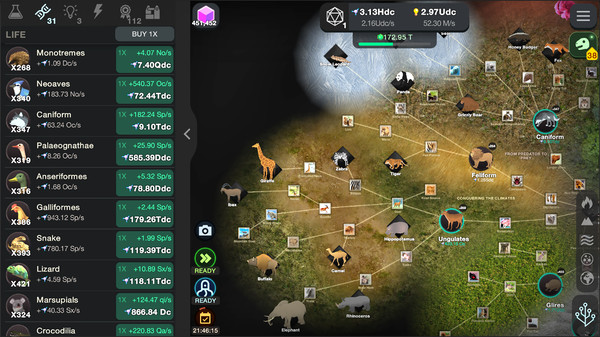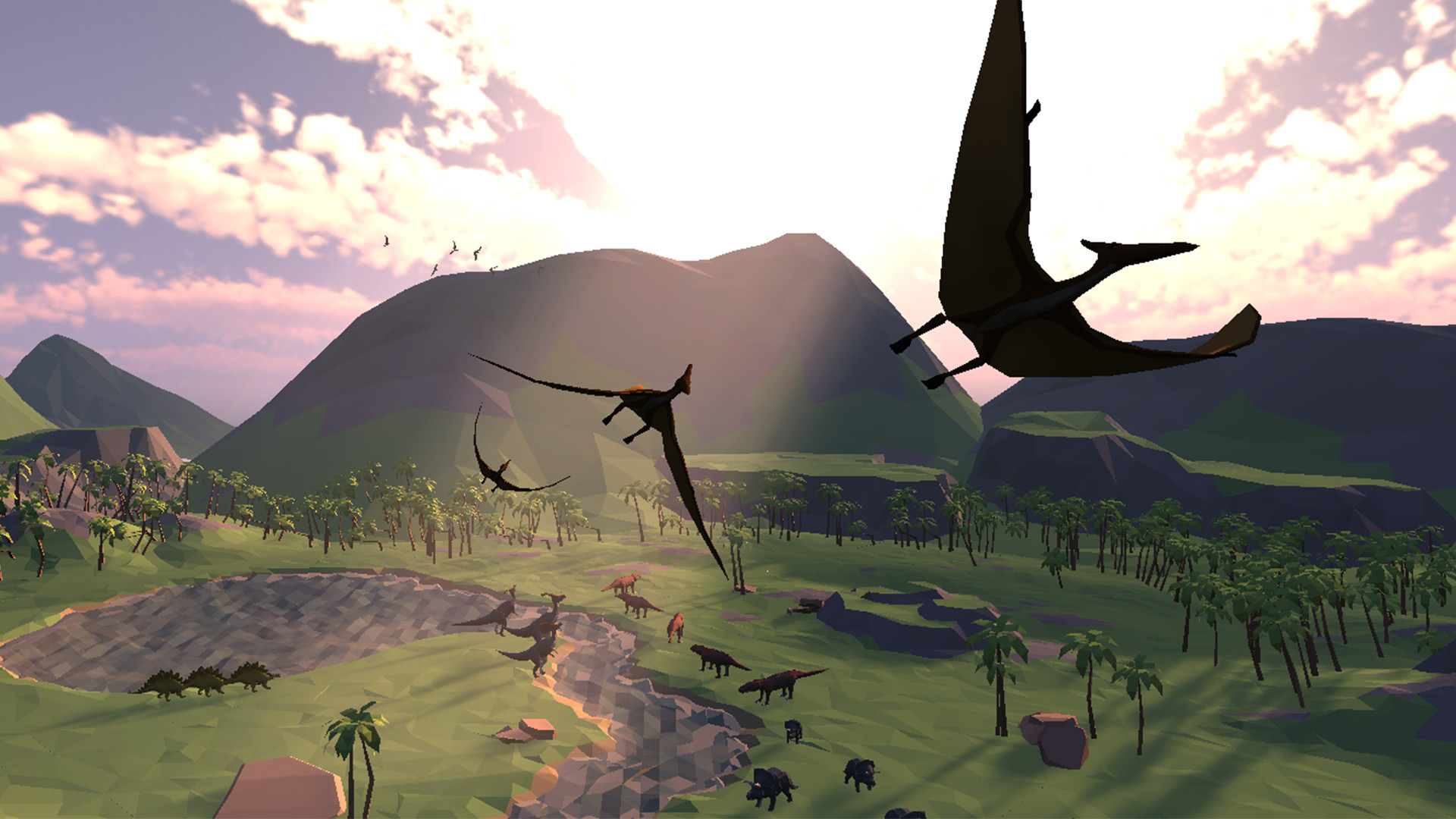I can find educational aspects in any game; however, each time I enjoy as a kid, I found an educational game, especially in such genre as Idle/clicker. I’ve mentioned one recently, and today I want to talk about the game “Cell to Singularity” – an idle clicker game where you start as a single-cell organism, upgrade your biology, intellect, and technology until you engulf an entire planet with a civilization on the brink of technological singularity. Each node in the game comes with a detailed description or/and short facts about the topic, providing players with a wealth of information on biology, evolution, history, dinosaurs, astronomy, and many other scientific fields. As players progress through the game, they learn about the different stages of evolution, from the very beginning of life on Earth to the hypothetical future beyond modern civilization. The game’s attention to detail is impressive, with accurate scientific facts and information provided for each node. Players can learn about the different species of dinosaurs that lived millions of years ago, the various forms of life that inhabited the oceans, and the other branches of the evolutionary tree that led to the development of modern-day mammals and primates. In addition to its focus on biology and evolution, Cell to Singularity also introduces players to astronomy, allowing them to explore the cosmos and learn about the various planets and celestial bodies in our solar system. Different time events raise specific topics, for example, the history of money or Bees. Overall, Cell to Singularity is an excellent idle/clicker game that provides players with hours of entertainment and offers a unique learning experience.
#education #biology #evolution #history #astronomy #gamification #idleclickergame #educationalgames #learnwhileplay #seriousgames #edgames


